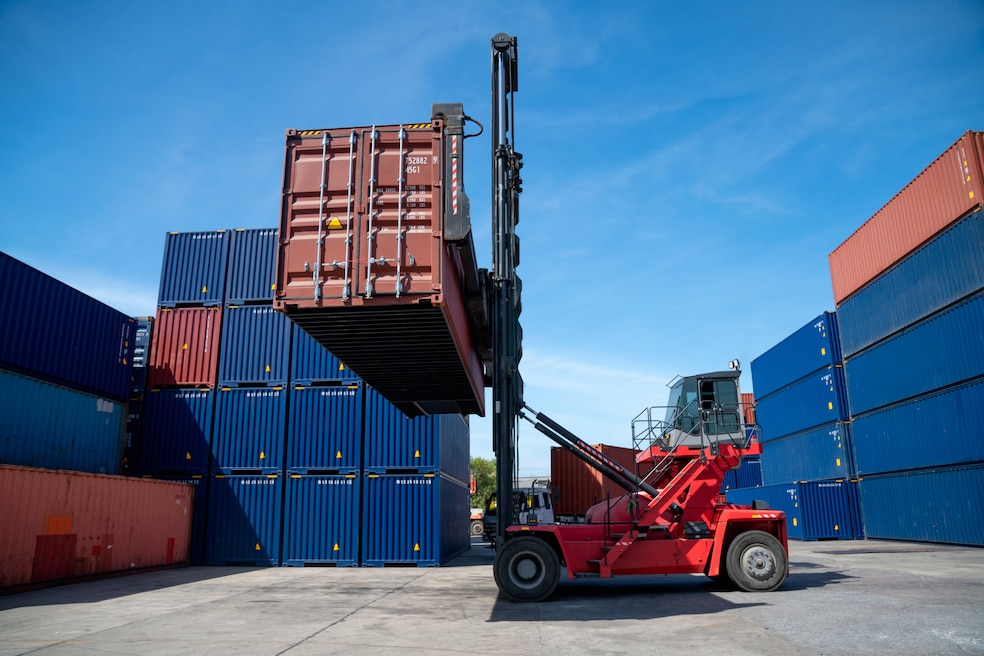US and Japan agree to lower tariff
The United States has reached a trade deal with Japan, President Donald Trump announced on social media Tuesday night.
The deal comes after months of negotiations about taxes on goods imported to the United States. The agreement leaves a 15% tariff on items traded from Japan to the U.S. That's down from the previous 25% tax.
Though Japan's main imports to the U.S. are autos and auto parts, the country also supplies America with the vehicles, machinery and materials necessary for building.
Since the White House's tariff policy was first rolled out in April, economists and insiders have speculated that the taxes would create greater cost burdens for consumers. An analysis the Canadian Chamber of Commerce released Tuesday suggested that under current U.S. import tax policy, the cost of building a single-family house could be $14,000 more by the end of 2027.
The argument is that lower tariffs mean less pressure on consumers.
The White House has said that tariffs are a solution to the trade deficit and that consumers will benefit by increasing them.
“The Administration has consistently maintained that the cost of tariffs will be borne by foreign exporters who rely on access to the American economy, the world’s biggest and best consumer market," White House spokesperson Kush Desai said in a statement to Homes.com on Tuesday.
Rising housing costs ramp up homeowner stress, survey suggests
In a survey from financial technology firm Hometap, more than half of the homeowners said they feel financial stress over rising housing costs.
Of the 1,000 homeowners polled, nearly 55% reported feeling "moderately to extremely financially stressed," and 45% said "rising homeownership costs are their top financial concern for the year ahead."
“Homeownership is meant to provide stability, but for many, that is no longer the reality,” Jeffrey Glass, CEO of Hometap, said in a statement. “Our survey confirms what we hear from homeowners every day: Rising costs are making it harder to manage day-to-day expenses, plan for the future, and navigate life’s financial ups and downs.”
The survey revealed generational divides, too. While millennials — defined in the survey as people aged 25 to 44 — were more stressed by mortgage payments, baby boomers — ages 61 to 79 — said their financial strains were driven more by insurance and maintenance expenses.
Even so, 3 out of 4 respondents said they still view homeownership as part of "the American Dream."
Mortgage refinancing cools off as rates rise
Applications for mortgage refinances fell in the week ended July 18, according to data the Mortgage Bankers Association released Wednesday.
Compared to the previous week, demand for refinances was down 3%, though it was still 22% higher than the previous year.
The downward pressure comes as the 30-year, fixed-rate mortgage average has been on the incline, according to Joel Kan, the association's vice president and deputy chief economist.
"With the 30-year fixed rate still too high to benefit many borrowers, refinance applications were down," he said.
As of Wednesday afternoon, the daily 30-year, fixed-rate mortgage had increased to 6.78%.

